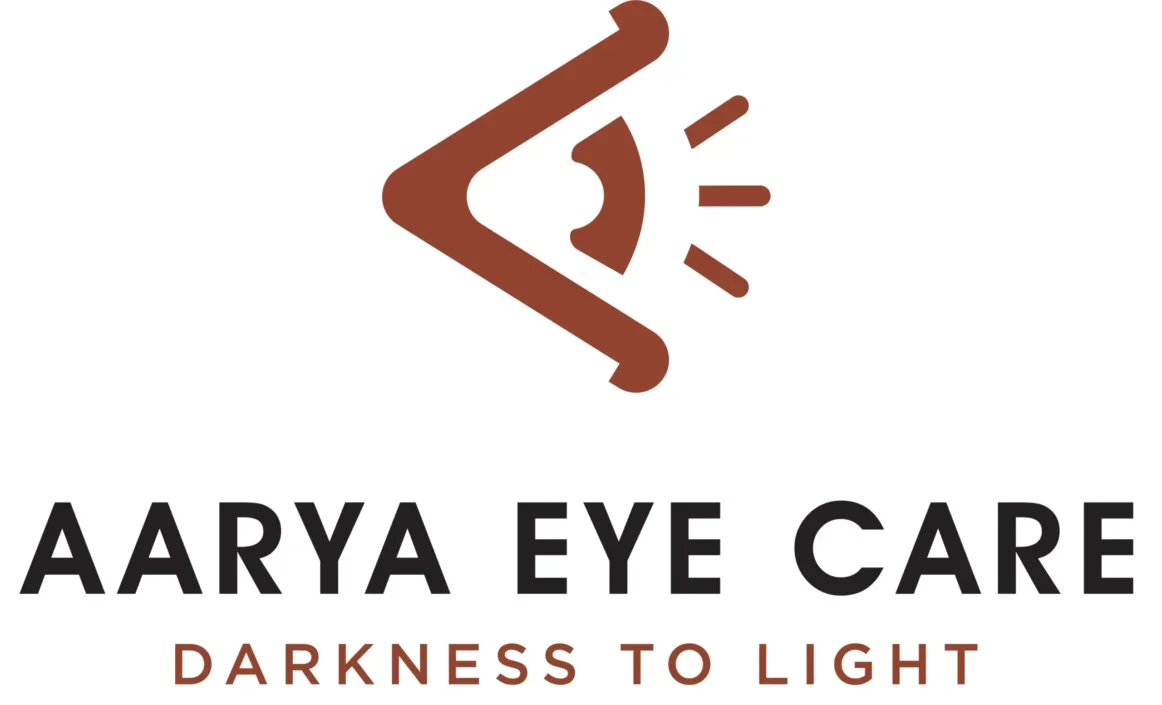What Is an Eyelid Wart? Types, Causes, and Safe Treatment Options
You can ignore a small lump on the eyelid until it begins rubbing your lashes, causing irritation, or starts blocking your visibility. Some patients come in worried they have developed something serious, only to discover it is a simple eyelid wart. Most of them are not serious, but we need to be careful when they grow in sensitive areas. In some conditions, even small ones may turn irritating or create noticeable problems.
Being aware of the various kinds of eyelid growths, their causes, and how to treat them in a safe manner can mean a great deal in terms of ease, as well as in terms of serenity.
What Is an Eyelid Wart?
A benign skin lesion known as an eyelid wart or eyelid papilloma can be found on or near the eyelid. It could be endogenous, or triggered by the human papillomavirus (HPV), or it may emerge because of non-infectious factors such as exposure to UV compounds or skin aging.
Papillomas are typically soft, skin-toned, and raised, contrasting with warts, which have a rough or textured look. Usually they are painless, but these skin lesions of the eyelid may result in rubbing, watering, or fatigue of the eyelid, in particular, when they are located near the lash line.
At Aarya Eye Care, we often see patients mistaking them for more serious problems, which makes proper diagnosis essential.
Types of Eyelid Warts
Several types of benign eyelid growths fall under the umbrella of eyelid warts. Here is a brief explanation of the most common eyelid warts.
- Squamous Papilloma: These soft, stalk-like growths are commonly linked to HPV eyelid wart infections. The most common wart types are seen in eye clinics.
- Seborrheic Keratosis: These waxy, sometimes scaly patches are not viral but can resemble warts. They are more common with age.
- Verruca Vulgaris: A classic viral wart, often rough and transferred from other body areas like fingers. It is contagious and spreads when you touch it.
- Filiform Wart: The lesion is thread-like and develops close to the eyelashes. Because of their shape, they tend to snag on fabric, brushes, or lenses.
- Basal Cell Papilloma: Often darker in color and slow to develop. Although benign, these must be evaluated to rule out skin cancer.
Recognizing the type of eyelid wart helps determine whether it can be safely recovered or if professional removal is necessary.
Causes of Eyelid Warts
Eyelid warts form for a range of reasons. Some people are simply more prone than others due to genetics or lifestyle factors. The common causes of eyelid warts include:
- Warts can be caused by various strains of HPV infection and transmission happens through direct contact or via autoinoculation from other parts of the body.
- Age-Related Skin Changes, as the skin loses elasticity and regenerates more slowly, non-cancerous growths become more likely.
- UV Exposure, Years of sun exposure especially without protection can cause cellular changes in the eyelid skin, triggering wart-like lesions.
- Genetics, if close family members have experienced eyelid papillomas or keratoses, there is a higher chance of developing them.
- Self-spread (Autoinoculation), Rubbing your eyes after touching another wart, even one on the hand, can transfer the virus to the eyelid.
Are Eyelid Warts Harmful To Your Eye Health?
Eyelid warts are not cancerous and usually they don’t need urgent treatment.However, some growths can mimic serious skin conditions. Be cautious if you notice any sudden change in shape, size, or color or Itching, bleeding, or crusting. If you face any difficulty blinking or persistent eye irritation and Recurrence after earlier removal.
At Aarya Eye Care, we always recommend that any new or changing eyelid lesion be evaluated, especially if it causes discomfort or cosmetic concern. When needed, a simple biopsy can rule out malignancy.
Safe Treatment Options for Eyelid Warts
Treatment depends on the type of growth and whether it causes the major symptoms that need medical care. Some cases can be monitored without intervention and others may require active removal.
Here are the most common options:
- Observation: If the growth is small, painless, and stable, your doctor might recommend regular monitoring instead of removal.
- Surgical Excision: A safe, in-clinic procedure done under local anesthesia.The wart is completely removed, and the tissue might be sent for lab analysis.
- Cryotherapy: Rarely used on eyelids, as freezing carries a risk of damaging surrounding tissue.
- Laser Removal (CO₂ Laser): This method offers precision with minimal tissue disruption but requires experienced hands and specialized tools.
- Topical Treatments: Never use wart creams near your eyes. These products can cause chemical burns, serious eye injury if they spread, or leak.
Every eyelid wart treatment at Aarya Eye Care is customized to your skin type, growth characteristics, and overall eye health.
Can Eyelid Warts Be Prevented?
Complete prevention is not always possible, but following few habits can lower the risk:
- Make sure to wash hands frequently, especially after touching warts.
- Avoid sharing towels, razors, and eye cosmetics
- Using sunglasses and wide-brimmed hats helps us to protect our eyelids from sun exposure.
- Treat hand or body warts early to avoid spreading them to the face
By following these preventive steps, you can reduce the chances of developing both HPV eyelid warts and non-viral eyelid papillomas.
When to See an Eye Specialist
We recommend scheduling an appointment if you face any of these symptoms:
- The lesion grows noticeably or changes texture.
- It interferes with blinking, tears, or eye hygiene.
- It’s returned after previous removal.
- You’re unsure whether it’s benign.
Our ophthalmologists and oculoplastic specialists at Aarya Eye Care offer targeted evaluations using magnification tools and dermatoscopy to assess such lesions with precision.
Conclusion
Eyelid wart may not be a serious condition, but it needs attention especially because of where they appear. It can be either a squamous papilloma, filiform wart, or seborrheic keratosis, and timely examination of it will help save the unnecessary anxiety and provide safe treatment. At Aarya Eye Care, the best eye care hospital in Thrissur, Kerala, we make you to know about the condition and provide the best and safest option of treatment.








